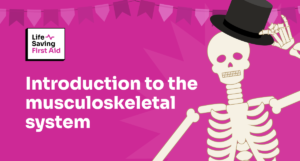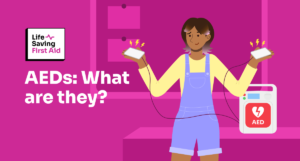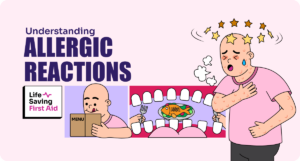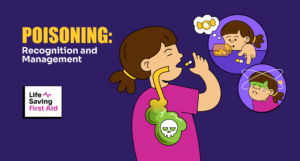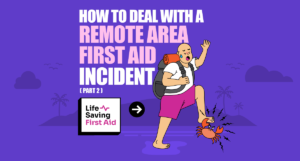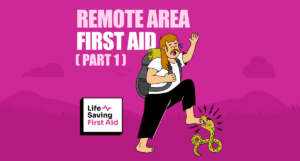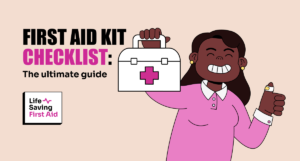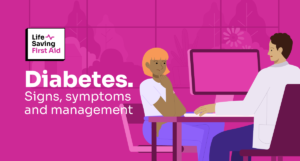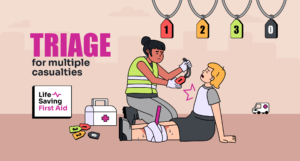Different strokes for different folks.
While that statement is a bit tongue-in-cheek, when it comes to people who suffer from a stroke, it is accurate. Read on and you will see there are different types of stroke and they can affect the casualty in different ways. Different strokes for different folks
Introduction
Cardiovascular Disease (CVD) is a broad term for many conditions which affect the heart and blood vessels. Coronary heart disease, heart failure, and stroke are the most common.
In this blog, we are going to talk about strokes. What they are, what you can do to help someone who is experiencing a stroke, and some actions you can take to help prevent a stroke – maybe even help with preventing CVD.
According to the Australian Institute of Health and Welfare ( AIHW ) in 2019, there was an estimated 67,000 hospitalisations for stroke of those, sadly 8,382 died as a result.
Many were left with permanent physical damage.
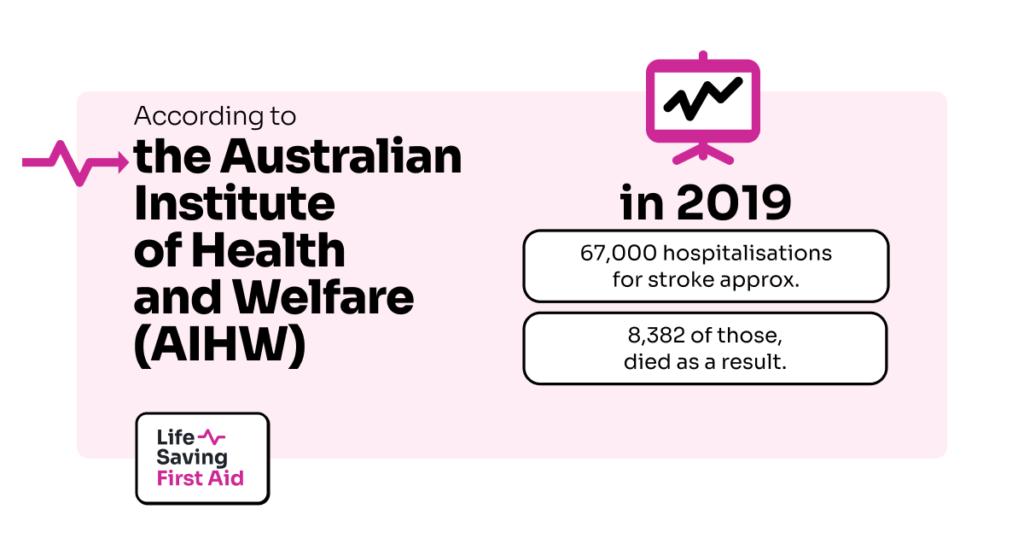
And the cost to the community? Once again from the AIHW:
“ In 2018–19, the estimated health system expenditure on stroke was more than $660 million. The greatest cost was for public hospital-admitted patient services ($364.2 million) followed by private hospital services”
More than 660 million dollars…
The Brain
You are probably aware that the brain is divided in half and each half is divided into other areas.
The left half of the brain – the left hemisphere – controls most functions on the right side of the body, while the right half of the brain -the right hemisphere – controls most functions on the left side.
The different areas control different functions of your body. How you move – walking, standing, holding etc, your senses – touch, sight or smell etc., speech and how you think.
Because different arteries supply different areas of the brain, where the brain is damaged will determine which functions are affected.
So, you can see how a stroke impacts the person will depend on how much, and what part of the brain is damaged.
Different strokes for……you get the picture.
As I have said many times before, prevention is better than cure, and strokes could be prevented. We’ll talk about risk factors as well.
So, what is a stroke?
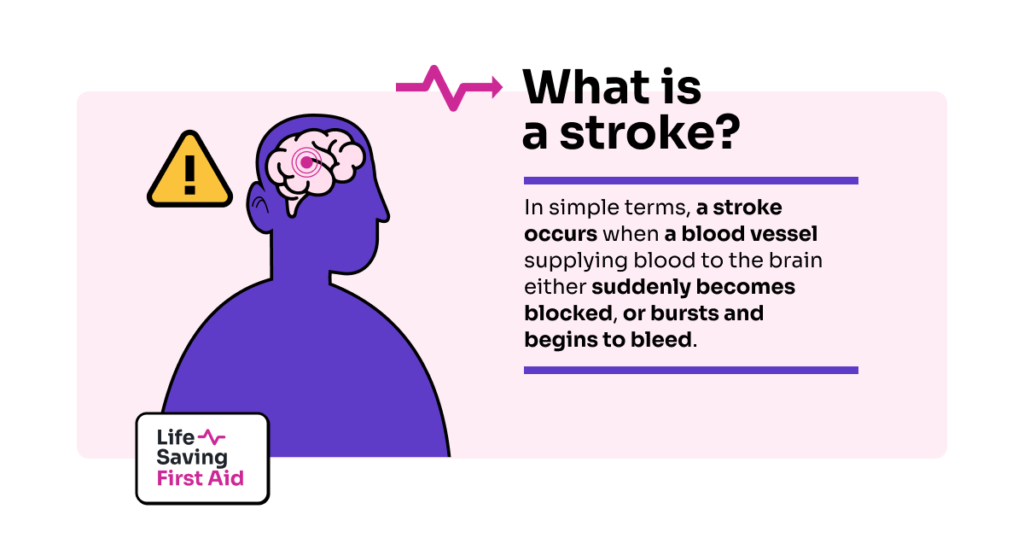
As a result, the flow of blood downstream from the blockage or bleed stops and brain cells die due to a lack of oxygen and nutrients.
And they die at the rate of around 1.9 million brain cells per minute. In 2018, an estimated 387,000 Australians aged 15 and over (1.3% of the population) had experienced a stroke at some time in their lives, based on self-reported data from the ABS
Different types of strokes
There are two types of strokes and both types stop blood flow to areas of the brain.
One type of stroke is called an ISCHAEMIC (is..key..mick) stroke.
The other is a HAEMORRHAGIC (hem..or..ragic) stroke.
Ischaemic Stroke
This occurs when a blood vessel in the brain becomes blocked by a clot. There are two ways a blockage in these blood vessels can occur.
Embolic
When a blood clot forms in another part of the body and travels around the body in the bloodstream until it reaches the brain.
The clot will then move around the brain until it gets stuck in a blood vessel which is too small for the clot to pass through.
This blocks the blood vessel and prevents blood from getting through. And brain cells begin to die.
Thrombotic
If the blood contains cholesterol-laden plaques, these can stick to the inner walls of the blood vessels as the blood moves through them.
Over time, these plaques can increase in size and narrow or block the artery and stop blood from getting through.
If the blocked blood vessel is in the brain, then no blood will get through and brain cells will begin to die.
In the case of stroke, the plaques most often affect the major arteries in the neck taking blood to the brain.
Haemorrhagic stroke
Once again there are two types. Where they occur in the victims’ brain determines what they are called.
An Intracerebral Haemorrhage (ICH) occurs when an artery inside the brain bursts and bleeds into the brain.
This results in blood flow to part of the brain being reduced or stopped and brain cells begin to die.
Also, as the amount of blood flow into the brain increases, the build-up of pressure can lead to brain damage, unconsciousness or even death.
Then there’s bleeding on the surface of the brain. This can result in Subarachnoid Haemorrhage (SAH). There are 3 layers of membrane (or meninges) that cover the brain.
A subarachnoid haemorrhage is a bleed that happens underneath any of these layers.
Now, there are quite a few medical terms in there but as I said in the introduction – in simple terms a stroke occurs when blood flow to part of the brain stops, for whatever reason, and brain cells die.
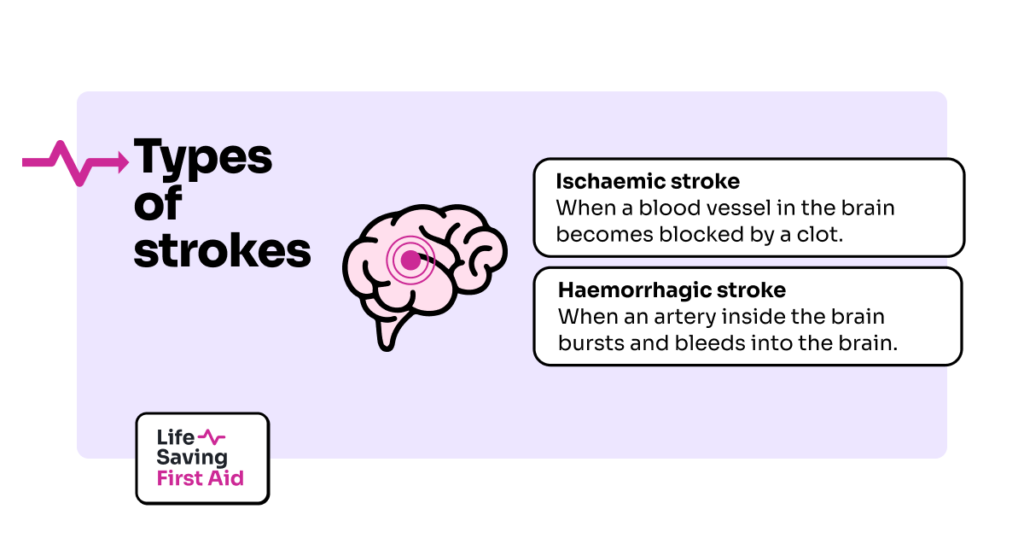
Recognising a Stroke
The Stroke Foundation Australia endorses the F.A.S.T. test when you suspect someone has had a stroke.
F – Face look closely at the victim’s face. Has their mouth drooped?
A – Ask them to lift both arms. Can they lift them both?
S – Speech. Ask them something. Is their speech slurred? Do they understand you?
T – Time Is critical. If any of these signs are present call 000 straight away.
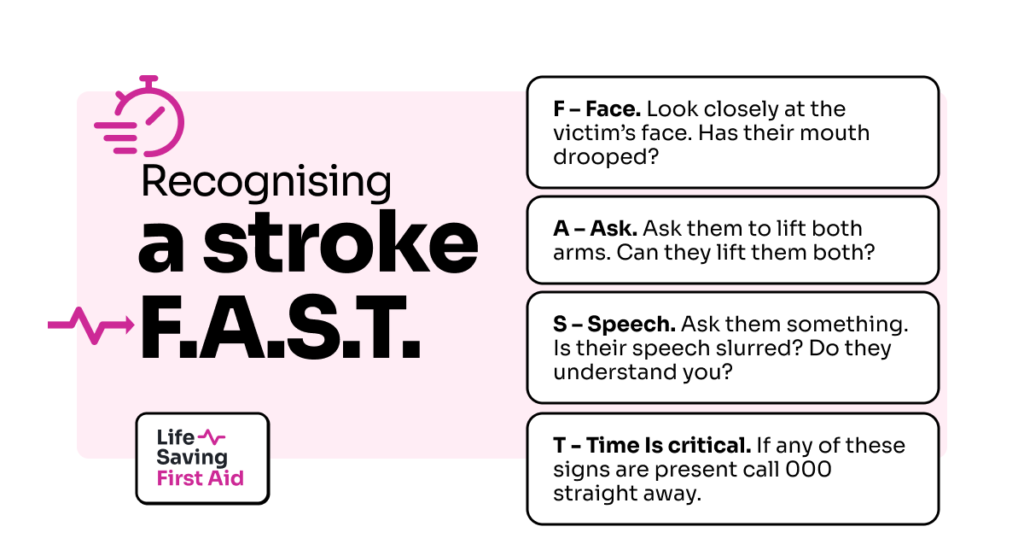
This simple test provides an accurate stroke assessment. There are of course other possible signs of stroke.
- weakness or paralysis elsewhere in the body, on one or both sides
- loss of sensation, usually on one side
- loss of vision or blurred vision in one or both eyes
- a sudden and severe headache
- dizziness, loss of balance or an unexplained fall
- difficulty swallowing
A stroke is a medical emergency and the longer it takes to get proper treatment, the more likely there will be long-term stroke-related damage to the brain afterwards. Don’t faff around. Act Fast. Get medical help immediately.
So, what causes a stroke?
What are some of the risk factors? I bet you can guess.
All the usual suspects:
- smoking,
- not enough physical activity,
- unhealthy eating,
- high blood pressure,
- type2 diabetes,
- high cholesterol
The risk factor of some of those can be reduced.
Of course, some risk factors cannot be reduced:
- Your age — Most people who have a stroke (7 out of 10) are 65 years or older.
- Your family history — If one of your parents had a stroke before they were 65, your risk of getting one is 3 times greater than average.
- Your gender — Stroke is more common in men, especially between 65 and 84 years of age.
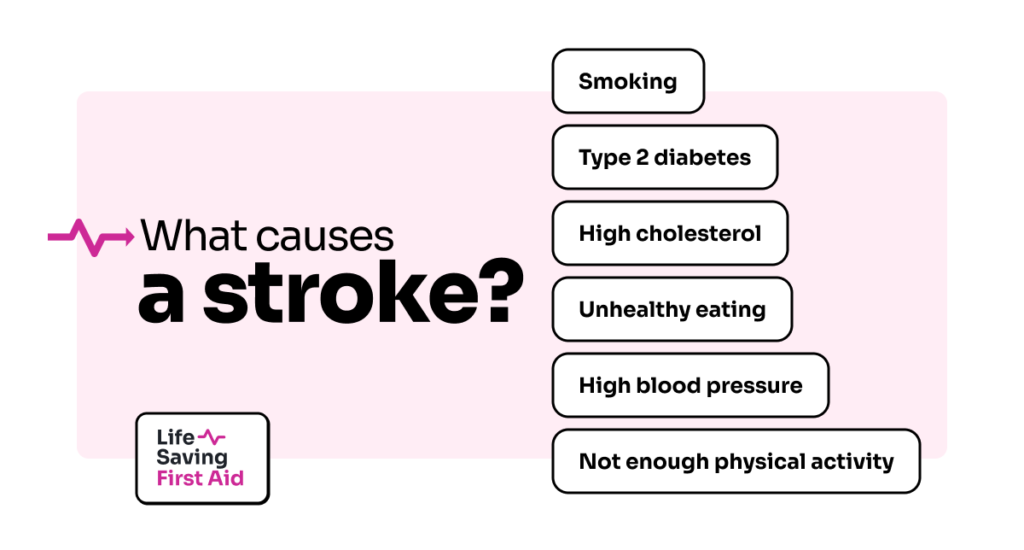
Head Trauma
According to experts, trauma to the brain through a head injury can contribute to stroke later in life.
There is an association between head trauma and an increased incidence of haemorrhagic strokes in the years that follow as well as an increased lifetime risk of ischemic strokes in the years after head trauma.
Check out our blog on head trauma
Conclusion
As with many things in life, there are some things we can change and others we cannot escape.
As my old friend Publilius always said, “The defect which one period of life fastens upon us, another will remove.”
We could all make changes which may go a long way to remove the defect(s) one period of life has fastened upon us.
All the usual suspects. (see above)
If we wanted to…
But hey, YOLO, right?
Well, that’s that. Until next time….. stay safe
Adrian

